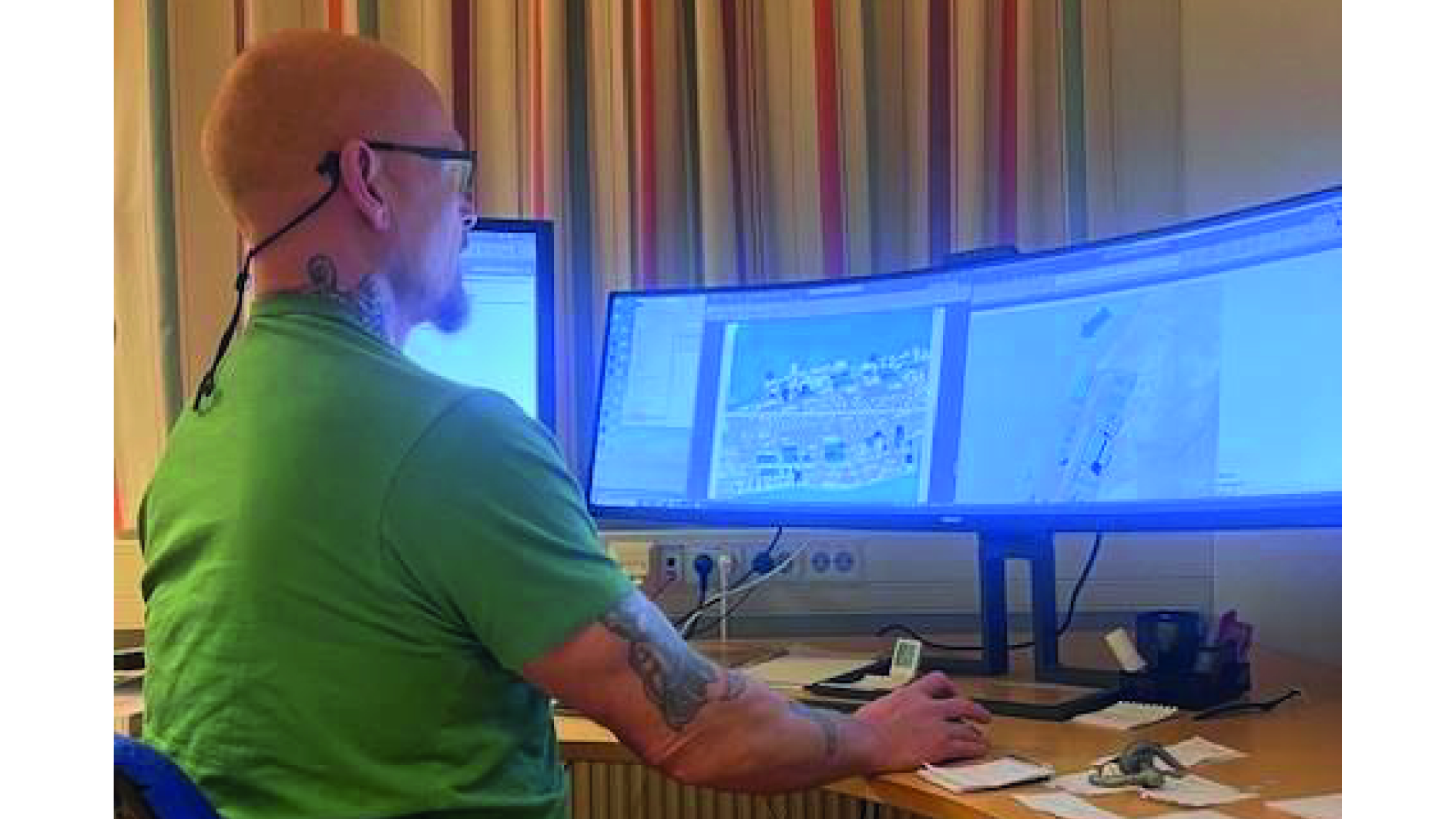News

We're thrilled to share a glimpse into research included in the NoBiCC project
Building in the harsh Arctic condition needs planning!
Date
06.04.2025

Building in the harsh Arctic condition needs planning!
